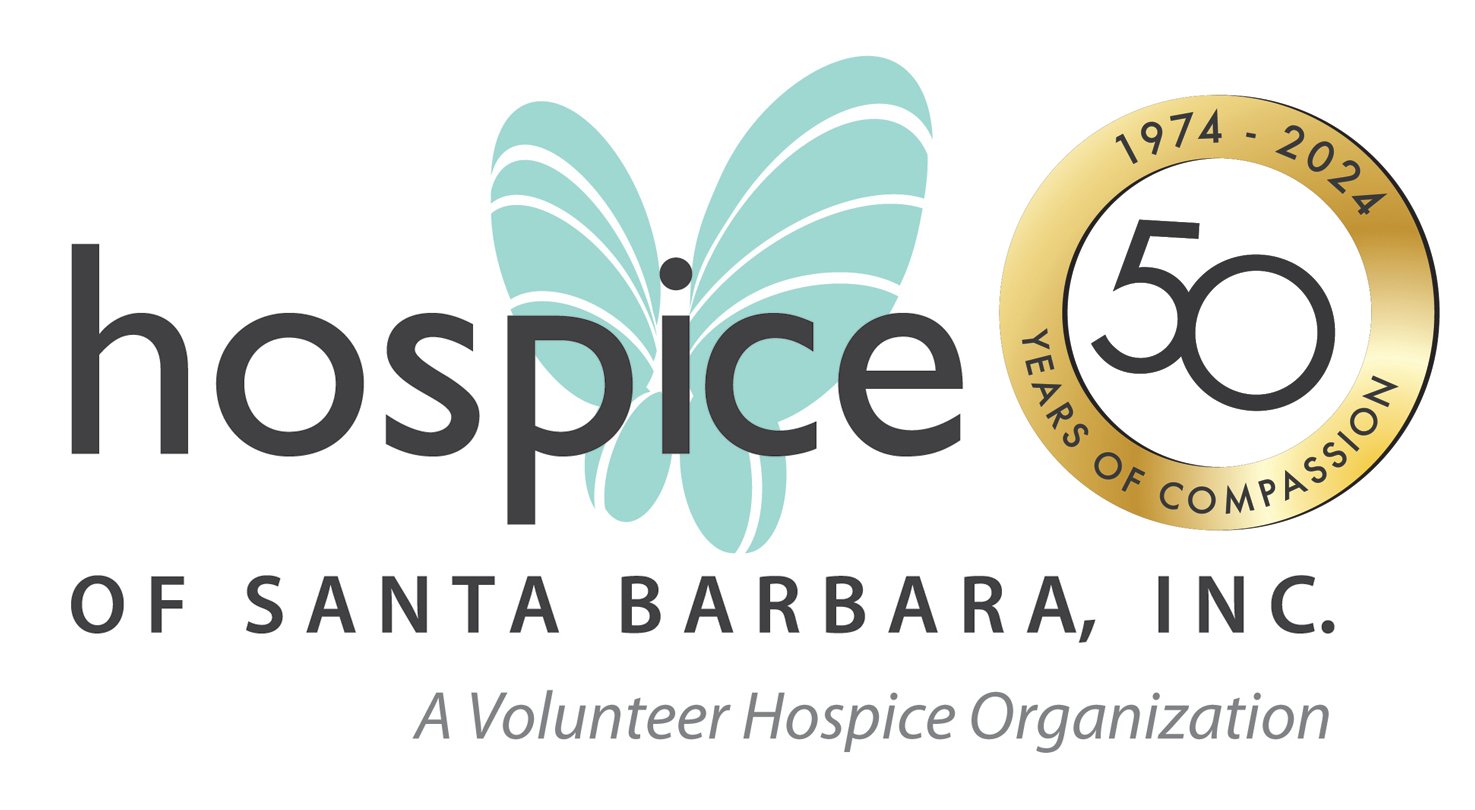Tenrikyo is considered the largest sect of Shinto, the indigenous and national religion of Japan. The charismatic female divine who founded Tenrikyo in the 19th century is Nakayama Miki. Tenrikyo teachings affirm death’s natural place in human life. Death is as it should be. The body is simply on loan from God. Nakayama Miki affirmed a God of Origin of the universe, a monotheism unique in polytheistic Shintoism. The body on loan from God is a major teaching of Tenrikyo.
In human life there are several ways to view “loan.” As a small boy, I stole a petrified rock the size of a softball from a neighborhood yard. I felt badly about it then as I did later. I still feel I did something wrong by taking that which was not mine. I have kept this rock for over 50 years. What will happen to this rock after I am gone? After millions of years of existence, it will exist another million years I suppose. In this light, it could be explained I simply borrowed this rock, as did the lady in the neighborhood before me. Is “ownership” something one buys or steals, really? What we think we own or possess moves on, dies or disappears. Like my body. Like the rock.
While in college in Texas, I suddenly learned of a judo tournament in town. Within a week, my friend convinced me to compete. I had no judo “gi” (competition uniform). My college friend had one. I borrowed his “gi” just for the occasion. It was not mine, but it was mine (on loan) for that day. Having abandoned judo a few years before, the competition left me totally exhausted. The tournament came and went. How quickly that episode in life vanished! I had to return the “gi” to my friend.
Tenrikyo teaches that our bodies naturally grow weak and finally incapacitated. Our bodies will die and disappear. This can be fearful.
But Tenrikyo teaches that we are not our bodies. We do not identify with our broken or weakened or dying bodies. Our bodies, after all, are on loan from God. Tenrikyo teaches that there is an invisible energy or stream flowing out of the heart and into all living things, into the universe, the eternal, into God. Our souls are immortal.
Many of the world’s religions relate in some way to Tenrikyo’s doctrine about the body and its temporal role. In my work with clients facing death, I am sensitive to the beliefs the client already has. I find that clients often harbor such body and soul notions but sometimes can use a reminder or a gentle finger pointing the way forward.
My friend, a Baptist minister, sent an email to me a few years ago with this benediction of a Christian service held in Hilo, Hawaii:
“What a dramatic time it is
when Auntie Hiroko has thrown her body away.
Her body has served her so well all her lifetime.
She had identified with her body so everything inside
her body was Me, Myself, and I.
But now her body has ended its use.
What can she do but to throw away the body in a hole in the ground
or to burn it with fire?
She must stop identifying with her body and merge with something bigger—
there is no option!
She must join the network of all living beings.
She must return to the great river of love that is her Source and her God.
May Auntie Hiroko find peace, peace, and more peace!
Life, life, and more life!
Love, love, and more love!
May we all be reminded that we also
must identify with something bigger than our bodies.
Returning to the Source of our miraculous life,
may we all find peace, peace, and more peace!
Life, life, and more life!
Love, love, and more love!
We pray in Christ’s name, Amen.”
Death and the body’s systemic temporal characteristic help me see life as ecstatic in promise, which is why I like so much what Hafiz intuits below:
“Come, let’s scatter roses and pour wine in the glass;
we’ll scatter heaven’s roof and lay a new foundation.
If sorrow raises armies to shed the blood of lovers,
I’ll join with the wine bearer so we can overthrow them.
With a sweet string at hand, play a sweet song, my friend,
So we can clap and sing a song and lose our heads in dancing.
(Sufi mystic Hafiz of Shiraz, 1230-1291 CE)
Nelson Hayashida has served as a Spiritual Care Counselor at HSB since June 2015. He moved to Santa Barbara from Pennsylvania in 2014 to take up the position of Visiting Professor of Religious Studies at Westmont College during the sabbatical of a faculty member. He completed a yearlong residency in Clinical Pastoral Education (C.P.E.) at Stanford University Medical Center/Palo Alto Veterans Administration Healthcare System in Palo Alto and another yearlong residency in C.P.E. at Albert Einstein Medical Center in Philadelphia. He has had an enduring fascination with dreams and visions and their religious or spiritual implications for healing and growth. He and wife Sandra have two children and three grandchildren.
Nelson Hayashida is a Board Certified Chaplain (BCC) with the National Association of V.A. Chaplains (NAVAC), Hampton, VA and Life Member of the Military Chaplains Association (MCA).

